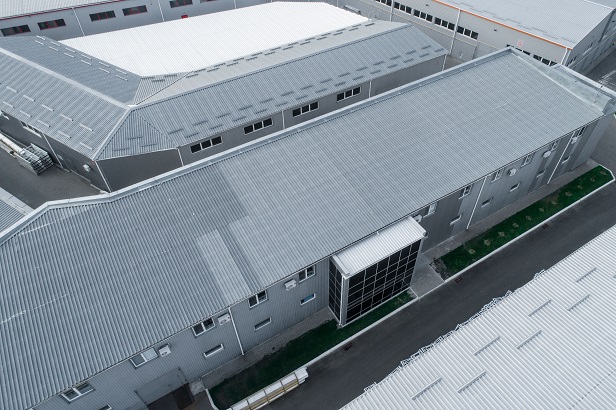JERSEY CITY, NJ—Is industrial real estate the retail of the future?
You may not see teenagers hanging out in warehouses any time soon, but it's clear that as online shopping has dealt a death blow to many malls across the country, those malls are, in fact, being converted into distribution facilities.
Presenting a case study on the topic this week at NAIOP's I.CON conference in New Jersey were Richard Burrow, senior principal of Langan Engineering & Environmental Services, Adam Goldberg, vice president of Construction for Seefried Industrial Properties and Matthew Wilson, senior project manager at the Whiting-Turner Contracting Co.
The team worked together to convert Euclid Square Mall, which is located east of Cleveland and had been shuttered. It is now functioning as brand new online fulfillment center.
The team presented their key takeaways from the project:
Acquiring the land may be more difficult than it seems
Malls are often not a contiguous property–with multiple parcels for the former anchor tenants, mall structure and outparcels. Often there are multiple owners.
"You have to get control of all of the parcels, or you are asking for a world of pain," Goldberg said.
Establish a relationship with the municipality and maintain it
It used to be the community's center of entertainment and commerce and now the mall is a hulking, vacant blight. Chances are, the community will be receptive to the redevelopment—this project yielded 3,000 jobs through construction and permanent positions. Still the team emphasized the value of maintain good relationships with the leadership who can pave the way later with assistance during the permitting and construction process.
Know the history of the site
Prior to it being Euclid Square Mall, the site was a brass mill that the team had been unfamiliar with. They drilled holes under the mall slab and they found an unknown basement. Goldberg said, "It really opened our eyes up to understanding we really don't understand what's going on here."
Utility lines also snaked through the property in ways that were not consistent with the new use.
Understand the change in use for the community
Proactively, the team built a sound wall to reduce noise for the adjacent residential neighborhoods. They also consulted with the transportation authority to modify bus routes so that the distribution center's new employees would be able to arrive close to the new entrance.
Many malls across the country are in various stages of decline or transition from being vibrant community centers. Goldberg said it's easier to start with a mall that's completely shuttered, because it requires less of a shift in thought for the community.
But it's clearly a growing trend and the team is working on several similar projects across the country, involving malls that are currently operating.
Kathryn Hamilton is the vice president of NAIOP.
© Touchpoint Markets, All Rights Reserved. Request academic re-use from www.copyright.com. All other uses, submit a request to [email protected]. For more inforrmation visit Asset & Logo Licensing.







